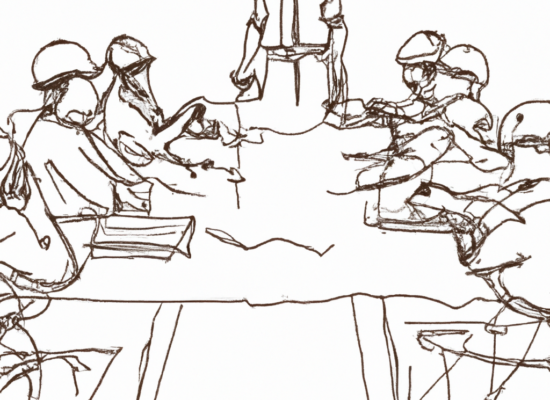Introduction to Submittals
Construction projects are complex and involve a lot of moving parts. One of the most important parts of the process is submittals. Submittals are a staple of the construction process. They typically consist of product data, shop drawings, or physical samples that show the contractor’s detailed plans for what they plan to install and how they plan to do it. Submittals are typically prepared by subcontractors, vendors or suppliers, not always the contractor themselves. In this blog post, we will explain what submittals are, why they’re important, and how they’re used in construction projects.
A construction submittal is a staple of the construction process.
What are Submittals?
They are a staple of the construction process. They typically consist of product data, shop drawings, or physical samples that show the contractor’s detailed plans for what they plan to install and how they plan to do it. Submittals are typically prepared by subcontractors, vendors or suppliers, not always the contractor themselves.
Why are They Important?
It’s important to understand that the architect’s drawings are design intent drawings, not a full set of instructions to build the project. Instead, the architect includes in their specifications a number of submittals that they require the contractor to submit showing exactly how they plan to build the project. The purpose of submittal review by the architect is twofold: to finalize details of certain portions of the work that are beyond the scope of the design intent drawings and for the contractor to submit drawings to the architect, demonstrating their understanding of the contract documents.
The Submittal Schedule
The submittal schedule is the first item covered in the section of the contract documents that deals with submittal documents. The contractor should prepare their submittal schedule in conjunction with the construction schedule. They need to work backwards from the date that they need material on site to figure out how long before that date, they need to provide the necessary to the architect. The contractor should then submit this schedule to the architect for review prior to the start of construction.
The Architect’s Review
The architect’s responsibilities related to these submissions are covered in the contract documents. It’s important for the contractor to include adequate time for review by the architect as well as their consultants, if applicable. They also should include time for revisions and re-submitting as necessary, as well as some contingency time to allow for the unexpected.
Delegated Design Submittals
Delegated design submittals are used when the architect notes in the specifications that the contractor shall hire a design professional to design specific portions of the work. This happens often with miscellaneous metal items, such as affixed ladders or handrails. The architect should be allowed to rely on the delegated design professional’s skill and expertise when reviewing documents prepared by them. The liability for the design of the item rests with the delegated design professional, not the architect.
Different types of Submittals
There are submittals that are for taking action or others that are informational only. Action submittals require review by the architect, while informational ones do not require action. For example, products like elevators, doors, curtain walls, and flooring are all action submittals. Informational submittals, like product data, typically do not require action by the architect.
Responding to Submittals
When responding to submittals, it is important to understand that the architect’s role is to review and approve the submittals, not to make changes to them. If any changes need to be made, it should be done by the contractor before resubmitting for review. The architect should also include a clear and detailed explanation of any issues or concerns that they may have with the submittal.
Conclusion
In conclusion, submittals are an essential part of the construction process. They allow the contractor to present their detailed plans for the project to the architect and help the architect finalize details of certain portions of the work. The submittal schedule is also important, as it allows the architect to appropriately staff the project. The contractor is responsible for reviewing and approving their submissions before giving them to the architect. However, it’s important to remember that these are not contract documents, and the architect’s role is to review and approve them, not to make changes. Proper cataloging and tracking of submittals is also crucial for the success of the project.
 Copyright secured by Digiprove
Copyright secured by Digiprove 



